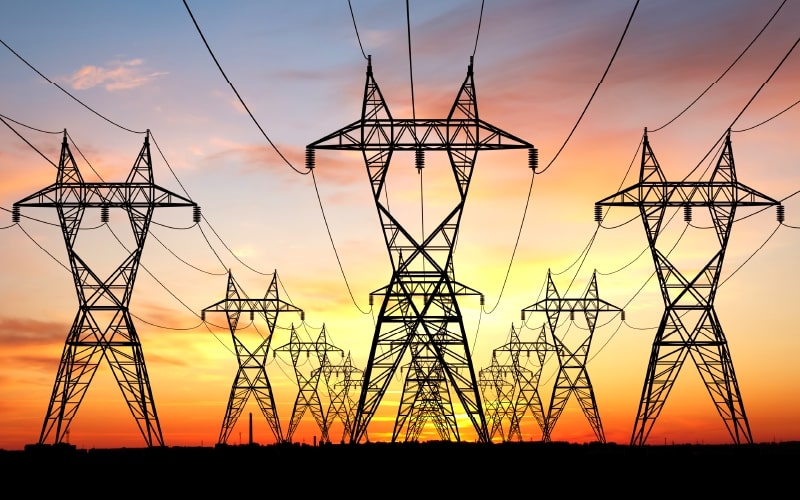Is It Time to Rethink Power Distribution? The DC Opportunity in Europe

In Europe, we’ve spent the last century building an energy system around alternating current. But today, much of what we generate, store, and use increasingly runs on direct current (DC). From solar panels to EV batteries and AI servers, many of the most critical parts of modern infrastructure speak a different electrical language.
As the region ramps up its electrification and digitalization efforts, one question becomes increasingly relevant: are we distributing energy in the most efficient way possible?
At FAIST Industrial and FAIST Electronics, we believe it’s time to take a serious look at the role of DC power, especially for the future of European infrastructure.
The Case for DC Is Building
Modern energy systems are, in large part, DC-native:
- solar PV generates DC;
- batteries operate on DC;
- EV fast charging relies on DC;
- data centers and high-performance compute run on internal DC rails;
- even lighting, HVAC, and industrial drives increasingly prefer DC.
Yet, in today’s infrastructure, energy is often converted back and forth - DC to AC, and then AC to DC again just to conform to the existing grid. These conversions introduce losses, increase system cost and complicate design. In high-efficiency, high-power-density applications, this is not just inconvenient - it’s unsustainable.
Why Europe Hasn’t Shifted Yet
Despite its advantages, DC distribution still faces hurdles in Europe:
- legacy grid standards and regulations are AC-centric;
- installer familiarity and safety training are deeply rooted in AC norms;
- there is an issue linked to limited visibility, as few large-scale DC projects exist today, making it harder to benchmark or validate.
Still, things are changing. Governments and grid operators are beginning to test hybrid solutions. Industries like e-mobility, logistics and data processing are already exploring new DC-based architectures.
Where DC Makes the Most Sense
DC distribution isn’t meant to replace AC entirely, but there are clear scenarios where it outperforms. EV charging depots and mobility hubs, especially when combined with on-site PV and storage, are a great example. And so are battery-supported microgrids for ports, airports, or industrial clusters, or data centers, where cutting conversion losses translates directly into operating savings and thermal management benefits. The same is true for industrial plants running on mixed energy sources, with growing need for DC-link integration.
Our Integrated Approach: From Cabinets to Core Technology
Thanks to the integration of FAIST Industrial’s mechanical platform expertise and FAIST Electronics’ advanced R&D in power electronics, we are uniquely positioned to not only manufacture enclosures, but to co-develop the core of tomorrow’s energy systems.
This means:
- Custom design and prototyping of DC/DC converters, bidirectional power modules, and solid-state transformers (SSTs).
- Deep expertise in SiC and GaN-based architectures, tailored for high-efficiency and compact power delivery.
- Full mechanical-electrical integration: from power blocks and thermal interfaces to EMC shielding and wiring layouts.
We support customers who are not just buying components, but building full systems, where mechanical and electrical co-design is a must.
Ready for What Comes Next
FAIST is already working with major players across EV charging, grid infrastructure, and industrial automation. Many of these partners are facing the same challenge: how to simplify energy flows and improve efficiency without being constrained by outdated grid models.
DC won’t be a revolution overnight but it’s becoming a practical path forward in many areas. We believe the companies that prepare now, from both a product and R&D perspective, will be the ones leading the next wave of energy infrastructure in Europe.
As pressure mounts to deliver faster, cleaner, and more efficient power, it’s time to rethink whether AC should still be the default. With growing DC demand across many industries, the opportunity is real and it's closer than it seems.
At FAIST, we’re building the integration capability to support this transition - from cabinets to converters, from concept to production. Because the future of energy might not just be greener. It might be more direct.



